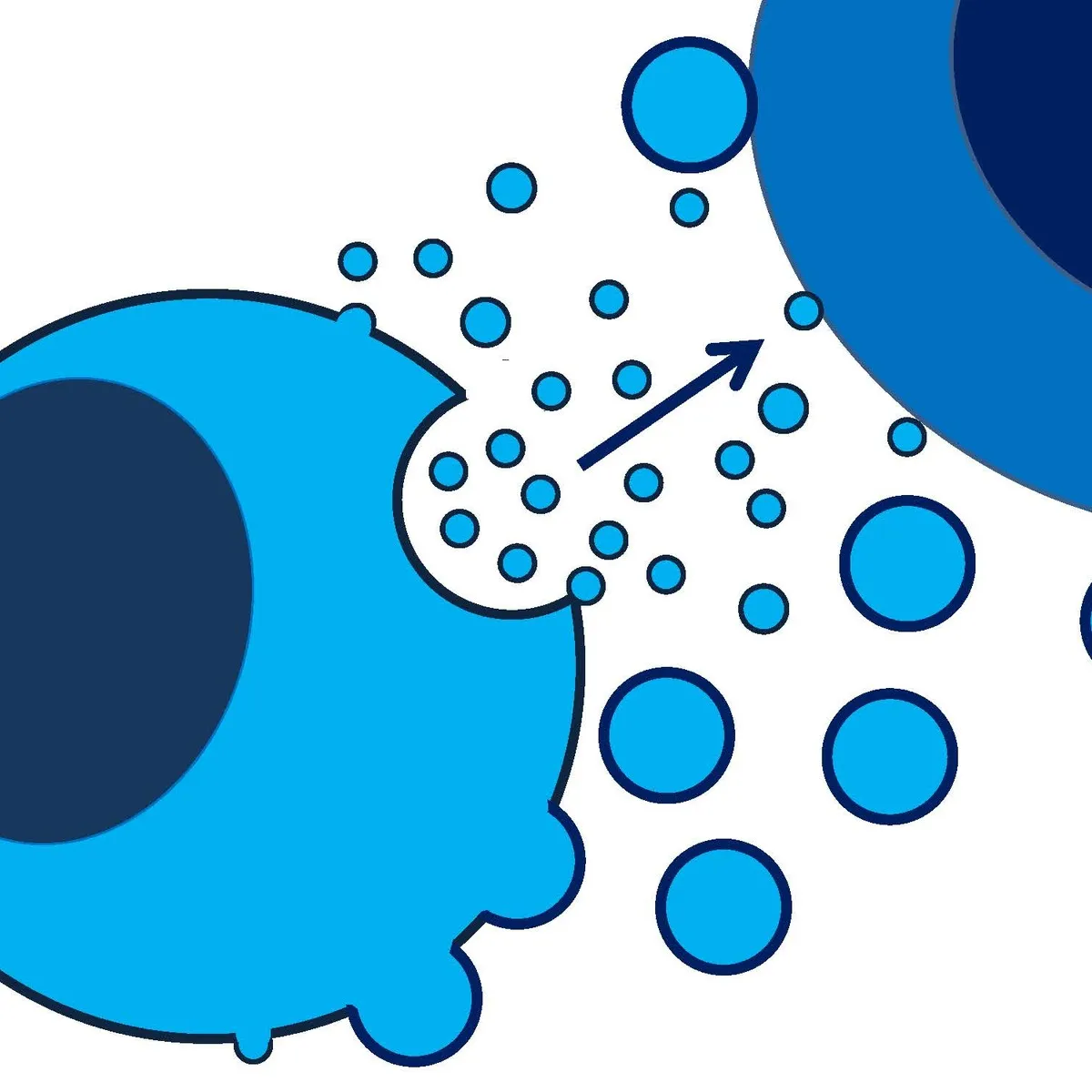
Basics of Extracellular Vesicles 
Get a comprehesive understanding of Basics of Extracellular Vesicles. This is a free course from Coursera. AZ Class provides this course data for free. Learn more certificate and details here. Discover the fascinating world of extracellular vesicles (EV) with the Basics of Extracellular Vesicles course. This comprehensive course covers everything from the history and nomenclature of EVs to their biogenesis, cargo, release and uptake mechanisms, isolation methods, and characterization techniques. Whether you're a biology or biochemistry student or simply curious about this cutting-edge field, this course is for you. Taught in collaboration with prestigious institutions such as the University of California Irvine and Pohang University of Science and Technology, this course offers a unique opportunity to learn from experts in the field. Don't miss out on this chance to expand your knowledge and join the International Society for Extracellular Vesicles (ISEV) community. ▼
ADVERTISEMENT
Course Feature
![]() Cost:
Cost:
Free
![]() Provider:
Provider:
Coursera
![]() Certificate:
Certificate:
Paid Certification
![]() Language:
Language:
English
Course Overview
❗The content presented here is sourced directly from Coursera platform. For comprehensive course details, including enrollment information, simply click on the 'Go to class' link on our website.
Updated in [October 07th, 2023]
What does this course tell?
(Please note that the following overview content is from the original platform)
This course aims to provide the basic knowledge about extracellular vesicles (EV) a generic term including exosomes, microvesicles, microparticles, ectosomes, oncosomes, prostasomes, and many others. It covers areas such as EV history, nomenclature, biogenesis, EV cargo as well as the release and uptake mechanisms, collection and processing prior to isolation, different isolation methods, characterization and quantification techniques.This course is divided into five modules. Module 1 is an introduction to the field and will cover the nomenclature and the history of EVs. Module 2 will focus on the biogenesis, release and uptake mechanisms of EVs as well as the different EV cargos (RNA, protein, lipids). In Module 3, we will focus on the collection and processing of cell culture media and body fluids such as blood, breast milk, cerebrospinal fluid and urine prior to isolation of EVs. Module 4 and 5 will present different isolation methods and characterization/quantification techniques, respectively. Here differential ultracentrifugation, size exclusion chromatography, density gradient, kit based precipitation, electron microscopy (EM), cryo-TEM, flow cytometry, atomic-force microscopy and nanoparticle tracking analysis will be presented. The recommended prerequisites are college-freshman-level biology and biochemistry. After a completed course you should be able to: + Discuss the nomenclature and subgroups of extracellular vesicles. + Describe the RNA, protein and lipid content of extracellular vesicles. + Describe the basic concepts about the most common isolation and characterization techniques and how these techniques are used in the EV field. + State the benefits and limitations of the most common isolation and characterization techniques for extracellular vesicles. + Explain the considerations that are important during the collection and isolation of EVs from different body fluid. + Describe the release and uptake mechanisms of extracellular vesicles All lectures are given in English. Each of the five modules will be followed by an exam. All exams will be in the format of multiple choice questions. The course is organized in collaboration between the International Society for Extracellular Vesicles (ISEV), University of California Irvine (USA), University of Gothenburg (Sweden) and Pohang University of Science and Technology (South Korea).
We considered the value of this course from many aspects, and finally summarized it for you from two aspects: skills and knowledge, and the people who benefit from it:
(Please note that our content is optimized through artificial intelligence tools and carefully reviewed by our editorial staff.)
What skills and knowledge will you acquire during this course?
During this course, the learner will acquire the following skills and knowledge:
1. Nomenclature and subgroups of extracellular vesicles: The learner will be able to discuss the different types of extracellular vesicles and their classification.
2. RNA, protein, and lipid content of extracellular vesicles: The learner will be able to describe the various components present in extracellular vesicles, including RNA, proteins, and lipids.
3. Isolation and characterization techniques: The learner will gain a basic understanding of the most common methods used to isolate and characterize extracellular vesicles. This includes techniques such as ultracentrifugation, size exclusion chromatography, density gradient, kit-based precipitation, electron microscopy, cryo-TEM, flow cytometry, atomic-force microscopy, and nanoparticle tracking analysis.
4. Benefits and limitations of isolation and characterization techniques: The learner will be able to explain the advantages and limitations of different isolation and characterization techniques used in the field of extracellular vesicles.
5. Collection and isolation considerations: The learner will understand the important factors to consider when collecting and isolating extracellular vesicles from different body fluids, such as blood, breast milk, cerebrospinal fluid, and urine.
6. Release and uptake mechanisms of extracellular vesicles: The learner will be able to describe the mechanisms involved in the release and uptake of extracellular vesicles.
Who will benefit from this course?
This course on the basics of extracellular vesicles will benefit individuals from various interests and professions.
1. Researchers and scientists: This course will provide researchers and scientists with a comprehensive understanding of extracellular vesicles, including their nomenclature, biogenesis, cargo, release and uptake mechanisms, isolation methods, and characterization techniques. It will equip them with the necessary knowledge to conduct studies and experiments related to extracellular vesicles.
2. Medical professionals: Medical professionals, such as doctors and clinicians, can benefit from this course as it covers the collection and processing of body fluids like blood, breast milk, cerebrospinal fluid, and urine prior to the isolation of extracellular vesicles. Understanding the release and uptake mechanisms of extracellular vesicles can also be valuable in the context of disease diagnosis and treatment.
3. Biotechnology and pharmaceutical industry professionals: Individuals working in the biotechnology and pharmaceutical industry can gain insights into the role of extracellular vesicles in drug delivery and therapeutics. They can learn about the different isolation and characterization techniques used in the field, which can aid in the development of novel therapies and drug delivery systems.
4. Students and academics: College students and academics in the field of biology, biochemistry, or related disciplines can benefit from this course as it provides a solid foundation in the study of extracellular vesicles. It can serve as a valuable resource for further research and academic pursuits.
Course Provider

Provider Coursera's Stats at AZClass
Discussion and Reviews
0.0 (Based on 0 reviews)
Explore Similar Online Courses
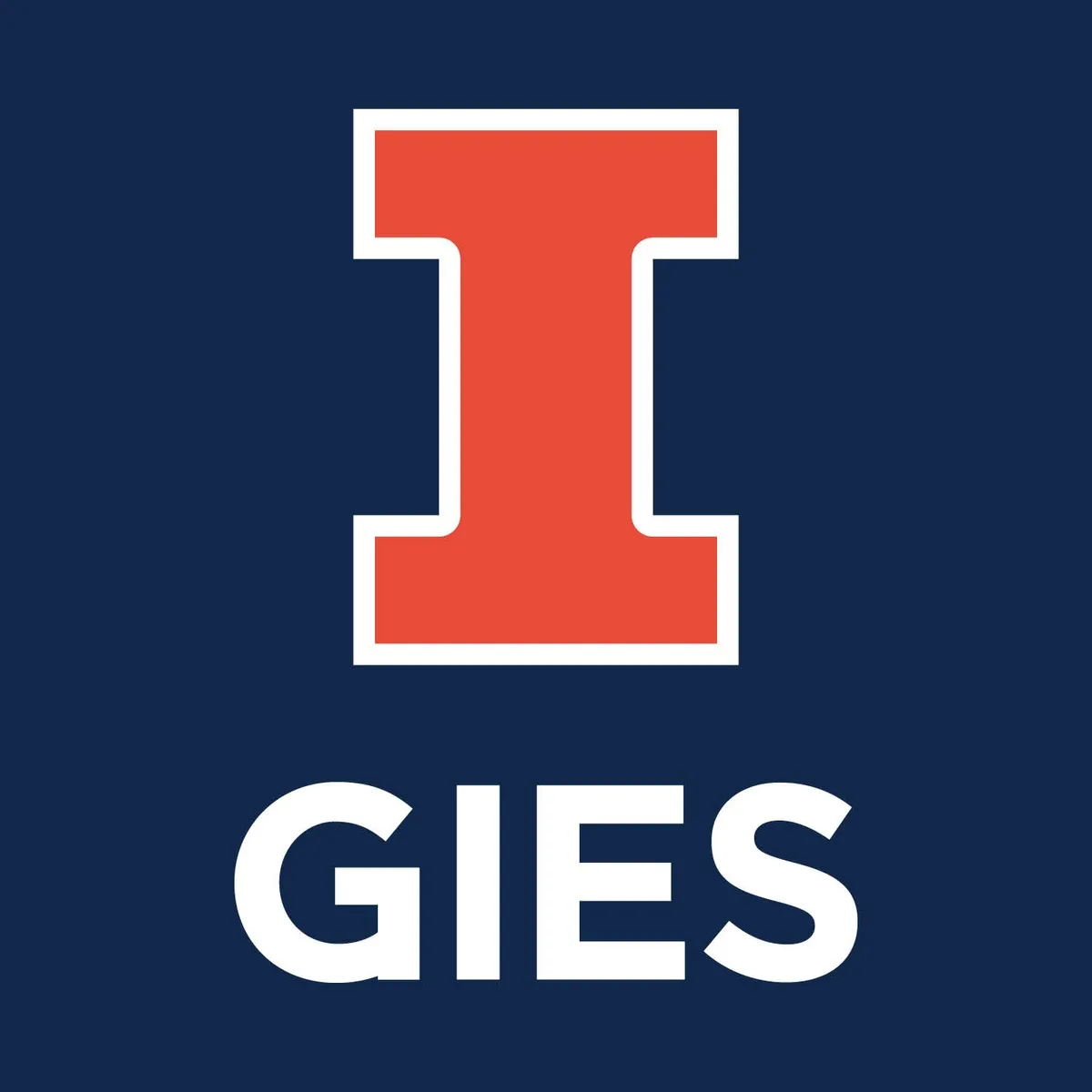
Finance of Mergers and Acquisitions: Valuation and Pricing
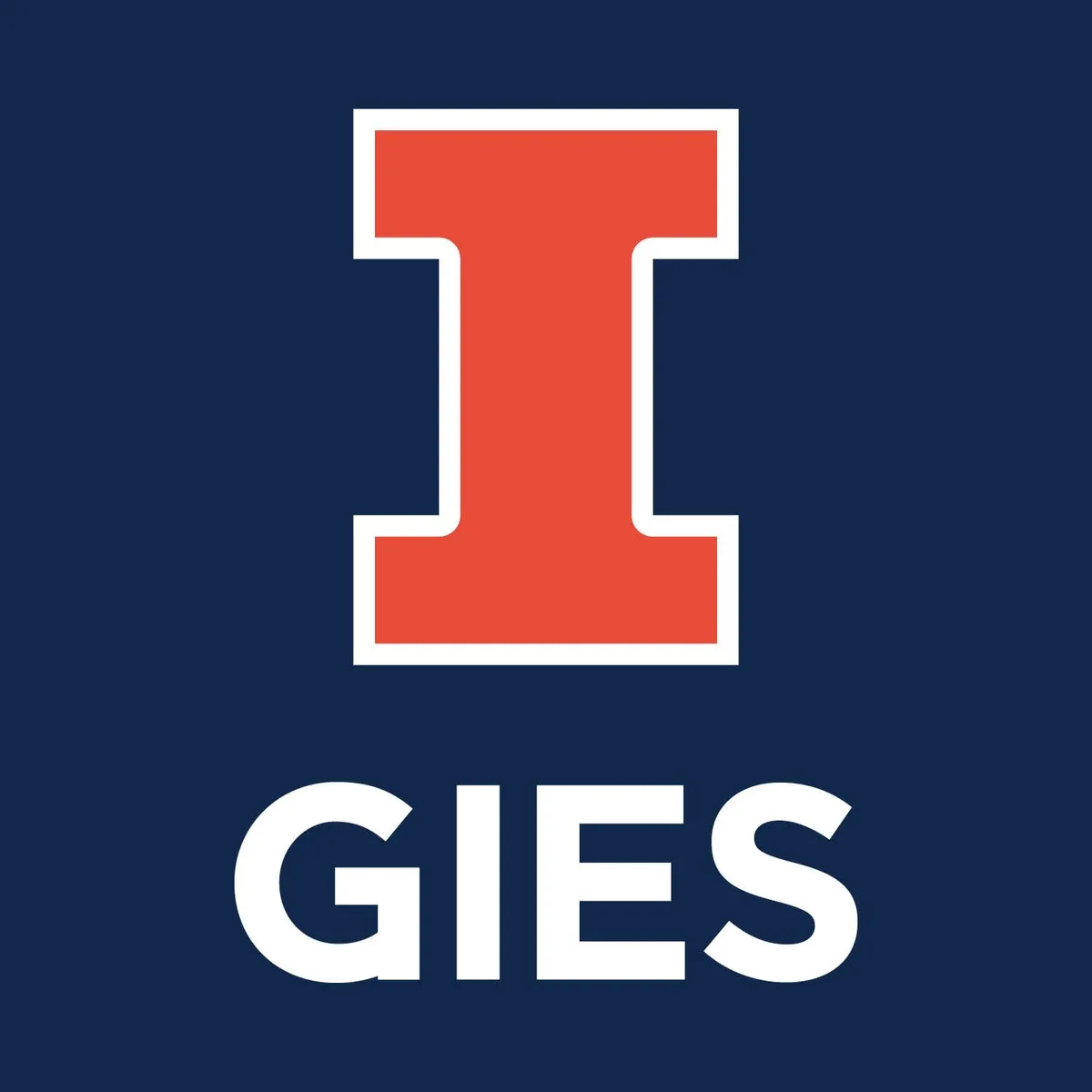
Finance of Mergers and Acquisitions: Designing an M&A Deal

Python for Informatics: Exploring Information

Social Network Analysis

Introduction to Systematic Review and Meta-Analysis

The Analytics Edge

DCO042 - Python For Informatics

Causal Diagrams: Draw Your Assumptions Before Your Conclusions

Whole genome sequencing of bacterial genomes - tools and applications
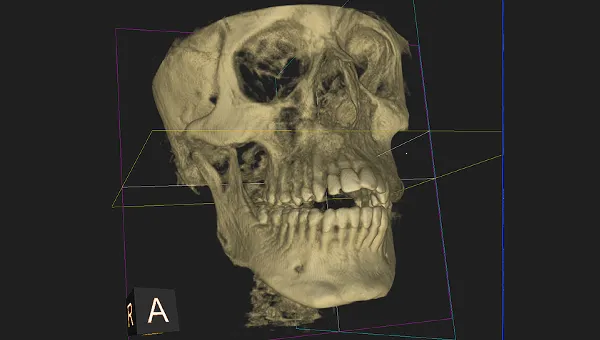
Introduction to Dental Medicine
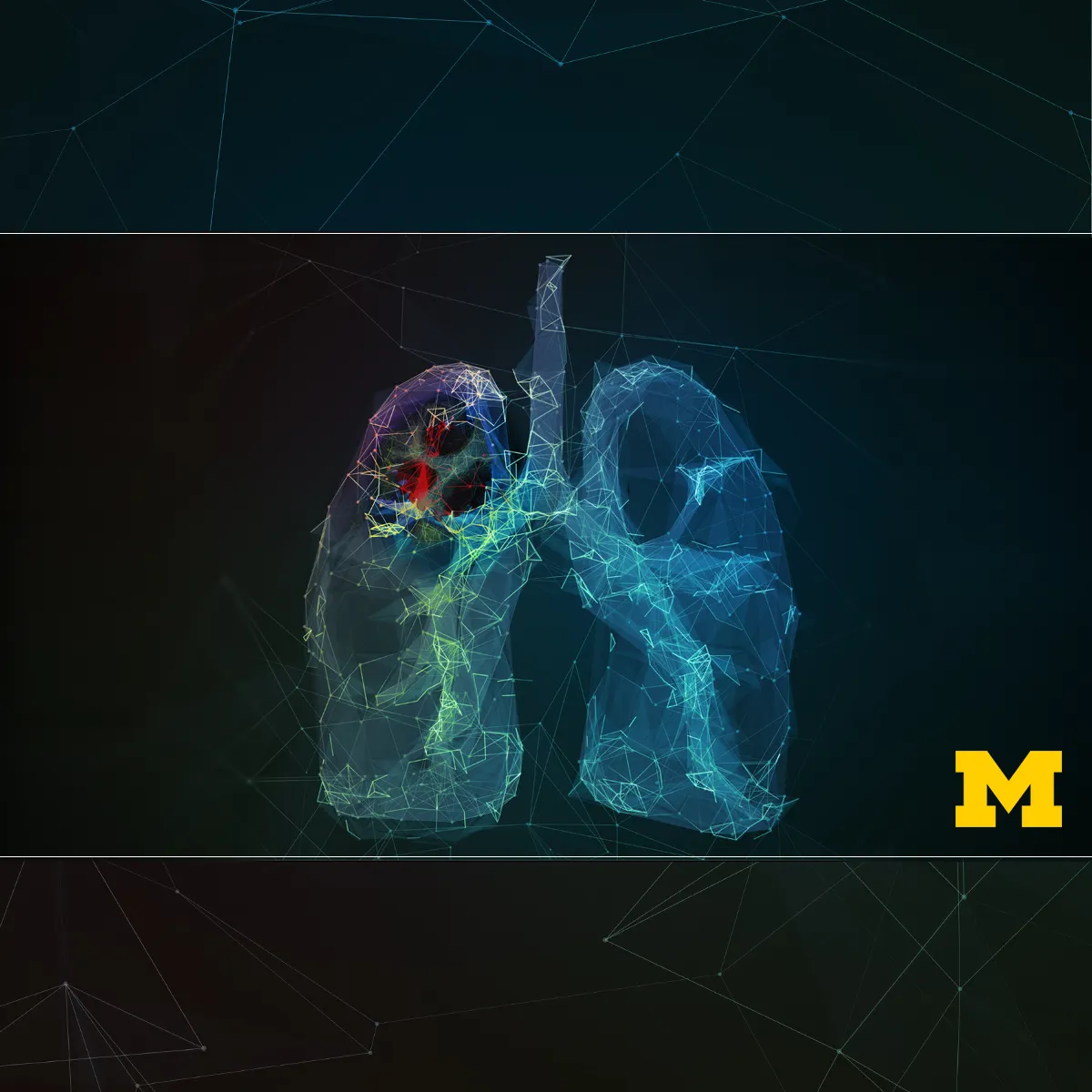
Thoracic Oncology
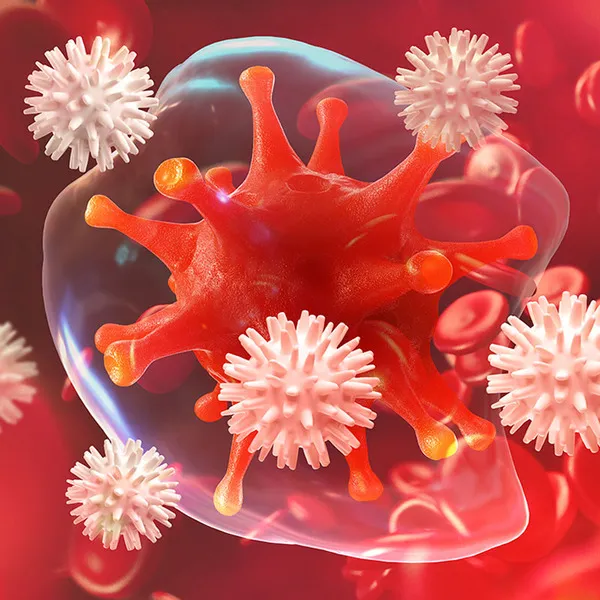

Start your review of Basics of Extracellular Vesicles